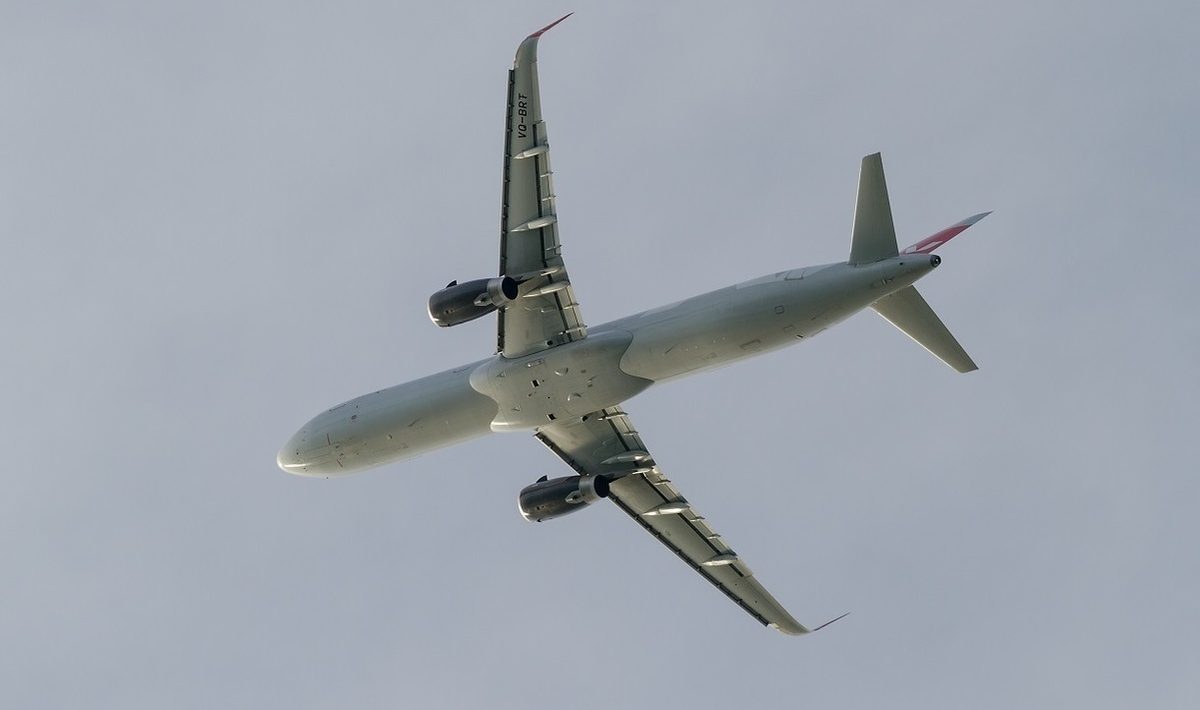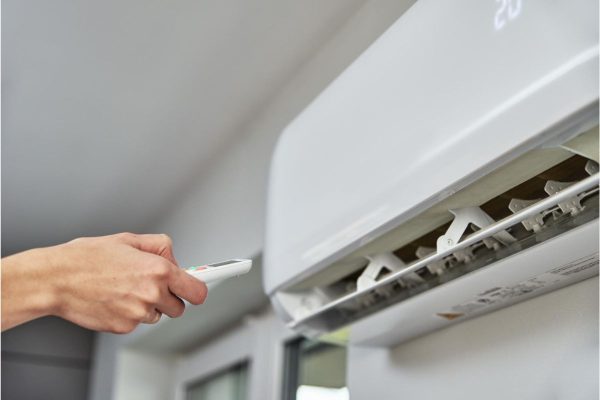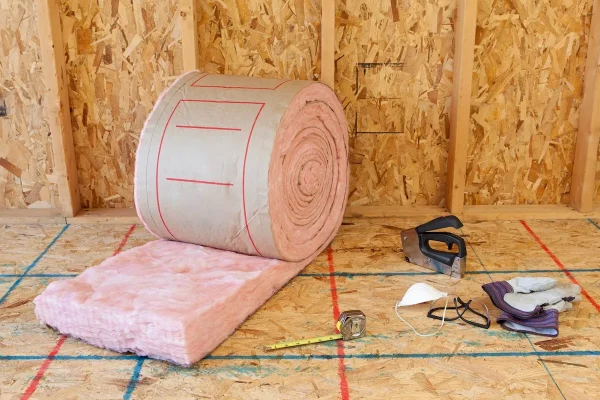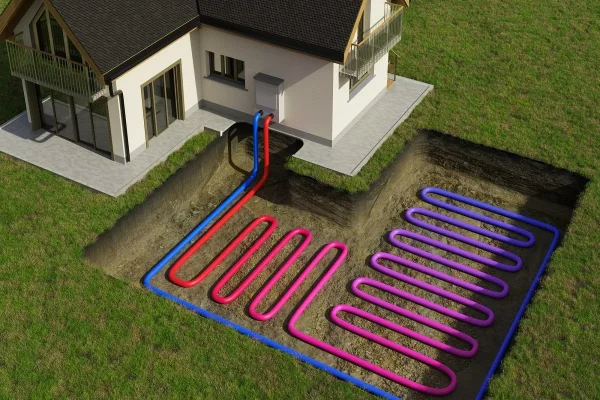The aircraft, which was flying Boeing 737 from Denver to Los Angeles on 16 October with 140 people on board, had to land in Salt Lake City.
Cuprins
A balloon belonging to a company specialising in meteorological data collection struck the windscreen of a United Airlines Boeing 737 Max on 16 October. But how it managed to cross the flight path — when they should never be at the same altitude — is something that investigators from the National Transportation Safety Board (NTSB) must determine. This development rules out the initial hypothesis that it was ‘space debris.’
The flight Boeing 737
The accident occurred on Thursday, 16 October. The aircraft, which was taking off from Denver to operate a flight to Los Angeles, had 134 passengers and six crew members (two pilots and four flight attendants) on board. Thirty-eight minutes after take-off, at a speed of 636 kilometres per hour and an altitude of 36,000 feet, the Boeing 737 Max was struck by something. The impact severely damaged the windscreen, and the captain, injured by shrapnel, requested to descend and divert to the nearest airport in Salt Lake City.
The aircraft’s windscreen, on the left. On the right, the captain’s arm injuries.
Statement
‘I believe this is a WindBorne balloon,’ said John Deal, co-founder and CEO of the company, on social media. ‘We learned about flight UA1093 and the possibility that it was connected to one of our balloons at 11 p.m. Pacific time on Sunday and immediately took steps to investigate the matter,’ he continued. ‘At 6:00 a.m. Pacific Time, we presented our preliminary investigation to both the NTSB and the FAA, and we are working with both agencies to continue the investigation.’
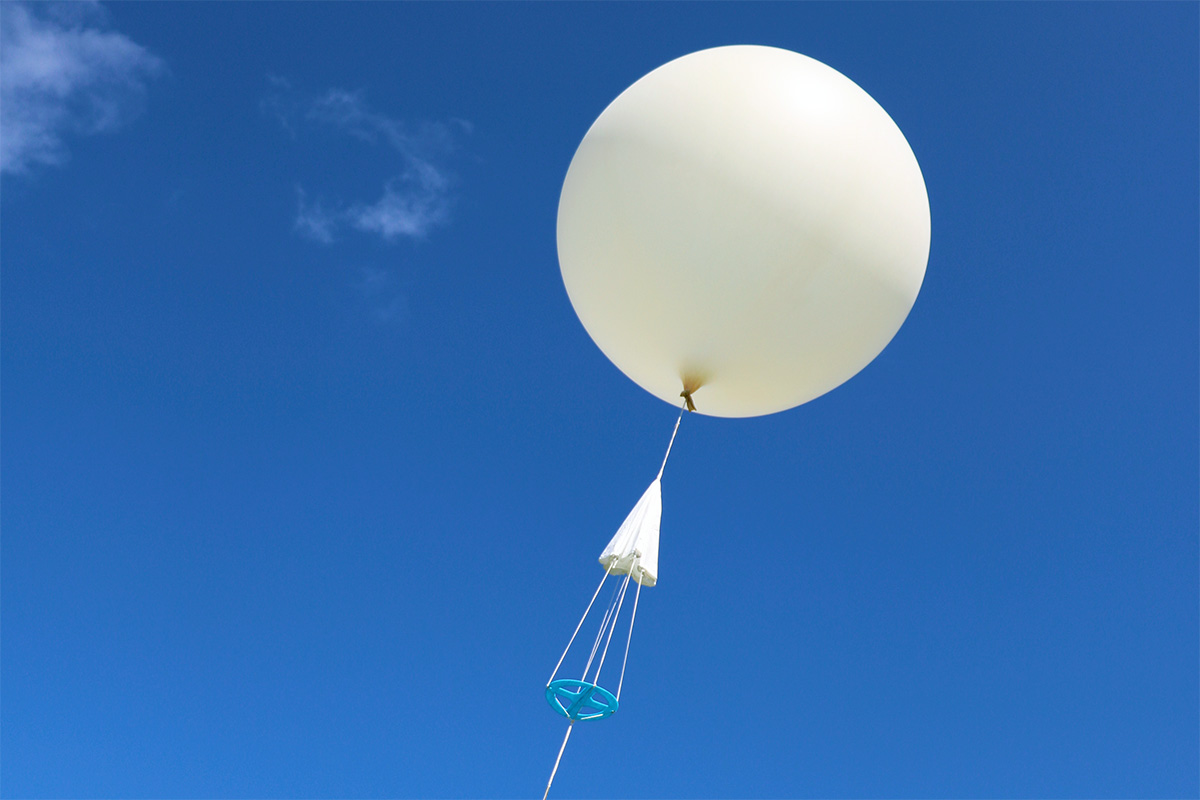
The company
WindBorne has completed more than 4,000 launches. We have collaborated with the FAA since its inception and submit NOTAMs (aeronautical notices) for every balloon we launch,‘ the company explained in an official statement. ’The system is designed to be safe even in the event of an in-air collision. Our balloon weighs 1.1 kilograms at launch and progressively lightens during flight.
‘We immediately introduced changes to minimise flight time between 30,000 and 40,000 feet,’ WindBorne confirmed. ‘And we are accelerating our plans to use real-time flight data that will allow balloons to autonomously avoid aircraft, even at unconventional altitudes.’
A weather balloon is a specialised balloon that carries meteorological instruments on board. WindBorne operates Atlas, the world’s largest balloon constellation. ‘We launch hundreds of state-of-the-art autonomous weather balloons every month from our global launch platforms and are expanding Atlas to permanently cover atmospheric data gaps, from pole to pole,’ the company says.

